Final Thoughts
Contents
Innuos has once again revolutionized digital playback with their PhoenixNET, following the success of their music servers and PhoenixUSB. In one word, the PhoenixNET is all about “envelopment.” It draws listeners into a auditory trance of emotive storytelling.
The Innuos PhoenixUSB did an admirable job in digital cleansing, but the PhoenixNET goes even further to enhance the music listening experience. Without the PhoenixNET in my listening room, the soundstage collapses, the music gets crowded, and the realism is lost. This resulted in sound that was far less engaging – and most importantly, less persuasive.
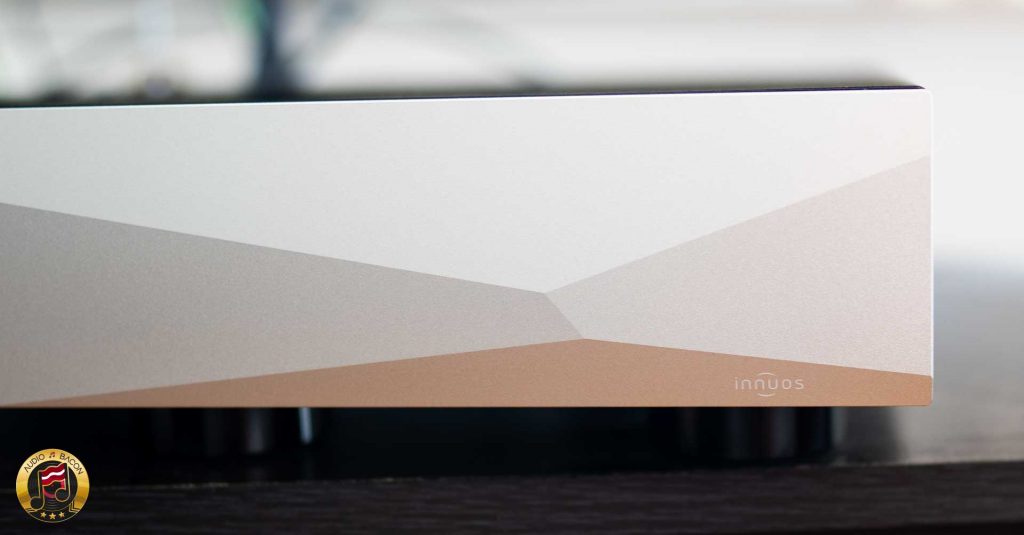
With refined leading and trailing edges, a tighter low-end, and truer timbre, the music simply becomes more visceral. The PhoenixNET amalgamates harmonic cues in such an analog-esque fashion, that it smooths out any digital harshness. As result, you’re able to differentiate the softer and warmer sounds of a classical guitar from the more focused tone and higher tension sound of a steel string guitar. In addition, the heightened sense of depth and tactility elevates the listening experience to one of holographic sonic immersion.
Overall, the Innuos PhoenixNET showcases Innuos’ commitment to design and engineering excellence. Its noise and interference blocking capabilities make it an invaluable addition to any high-end audio setup. With its sleek design, anti-vibration measures, and high-quality components, the PhoenixNET is a worthy investment for anyone looking to enhance their digital music playback experience. Whether you stream music or not, the Innuos PhoenixNET is an essential component for any digital audiophile seeking an end-game listening experience.
Innuos PhoenixNET – $3,749 USD


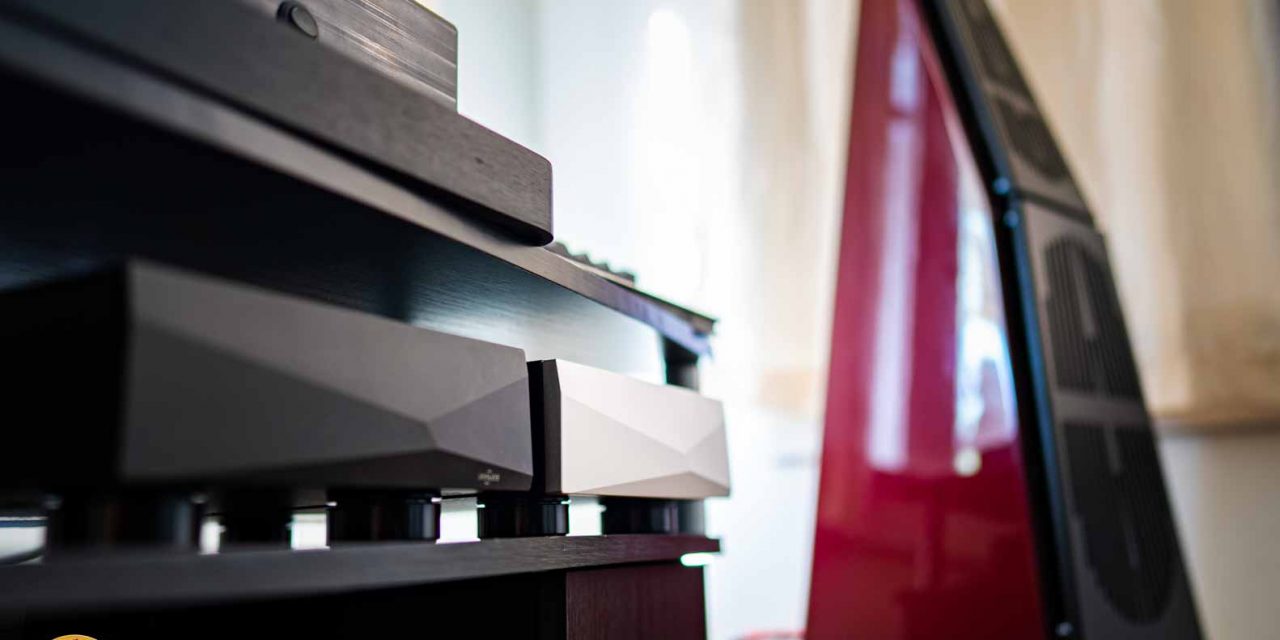



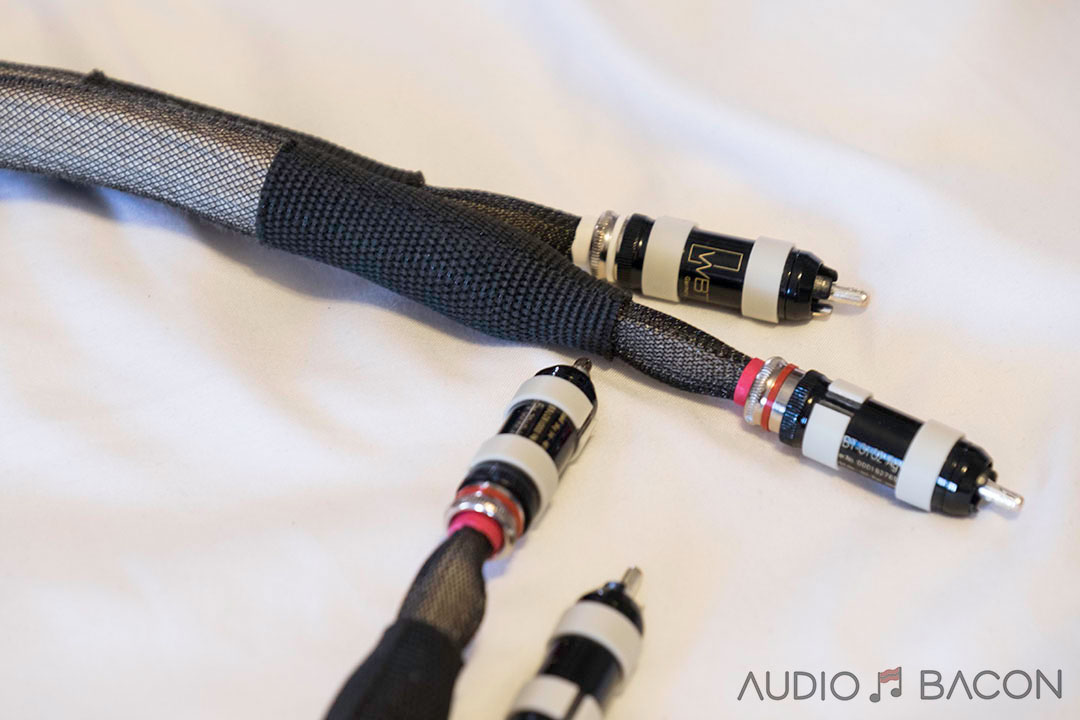
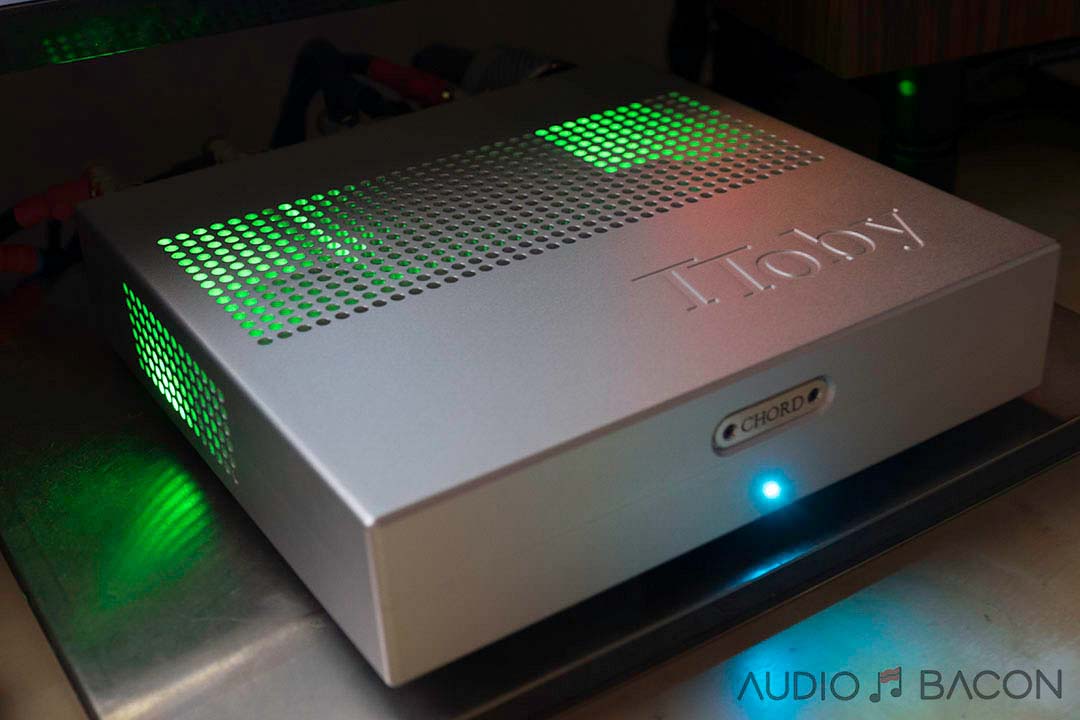
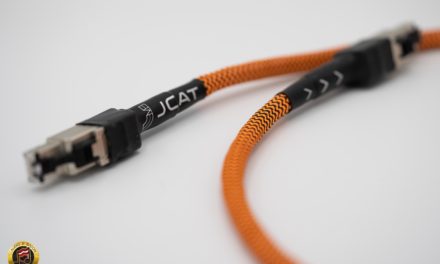

Thanks Jay for the detailed and wonderful review. I also am considering adding this device to my streaming setup. One question, did you ever have the opportunity to try the Gigafoil v4 Ethernet filter in your system? If so, any comments on how it compares to the PhoenixNET?
Thanks again,
Seph
I have not! I’ll have to look into it. Been out of the loop for a while 😉
I wish Innuos would add SFP to their switches. This is the game changer, and without it I will not now consider a product.
SFP doesn’t always sound better though?
Hey Jay, have you compared the QNet? I own the PhoenixNet, and I love it. But Nordost Qnet with their Qsource PSU has me wondering…how it would compare. Thanks for your amazing work as always!!
Hello
what would you rather recommend?SOtM switch with clock connection and main clockVS INNUOS Phoenix switch?Libe greetings, your tests are awesome
How were you powering the SOtM sNH-10G for your comparison Jay?
Personally, would be very curious to hear the relative difference between the Innuos, and the SOtM at a similar price range — say the sNH-10G + sCLK-OCX10 with with a similar level of power supply (DC3/DC4 etc)!
Powered with a Paul Hynes SR7. Generallyn speaking, the Innuos is denser and richer. With the sCLK-OCX10, the resolution is matched more closely but the tonal color is still very different (SOtM being closer to neutral).
Jay, great review. I was wondering if you have any experience with the Uber popular Etherregen switch?
its always nice having reviews for these very niche products, thanks!
It drives me INSANE that i can hear the difference in hard drives for music. Do you have any recommendations for “”music drives””? Im too broke for a streamer haha
You Audiophiles guys really are the biggest pigeons ever.
Sincerely,
As an electrical engineer how could you recommend such scam? Basic electronics, 100Mb, and you said it, 0 and 1…
And people are buying these…
It passes an exact digital copy. The music isn’t fuller, richer and in anyway different than a $100 switch.
Sorry to disappoint you all. If you know networking protocols and have sniffing hardware you can monitor the error rate to prove that it isn’t any better. The timing of the digital music is not controlled by the switching hardware, the data is buffered and the DAC at the end of the digital chain times the data conversion.
Do not forget the 2000$/€ ethernet cable too, otherwise the 0 and 1s will become 2. How stupid can people get?
I have had the PhoenixNet for several years. It made a very large improvement in my chain from the moment it was plugged in (it was already burned in as a demo).
P.S. It looks as if some ASR followers have posted this month. Too bad.
Jay, thanks for your in-depth review. I had a thought about an easy a/b experiment regarding the impact of the PhoenixNet on playback of local files on the server. If you unplugged the ethernet cable from the server, and then played back local files on the server, you should get better sound quality if the LAN is indeed injecting noise. Logically, it should sound comparable to how it sounds with the PhoenixNet engaged. This presumes, of course, that your server can function without LAN-based control. I am getting the PhoenixNet tomorrow, and will try this out. Thanks. — David
That would work if there was a way to communicate to the server without a network connection to it. I think I’ve tried a wireless adapter and it actually sounded worse.